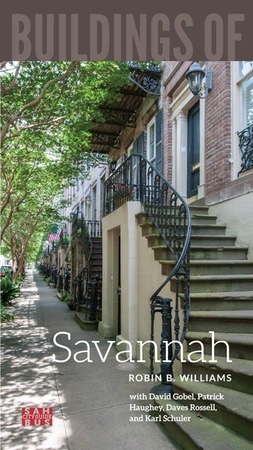
The original Municipal Stadium was designed principally for baseball, but with parallel east and west concrete bleachers aligned for high school football games. After the main section of the stadium, constructed of wood, was heavily damaged by a 1940 hurricane, prominent Savannah civic, political, and social leader General William L. Grayson spearheaded the campaign to erect a new stadium and secured funding from the WPA. Constructed in 1941 by the Savannah Department of Engineering, but never fully completed due to World War II (it lacks the eastern half of a planned five-sided north end; a corresponding five-sided south end was never begun), the stadium was named in honor of Grayson, who died earlier that year. The polygonal brick exterior with its multiple arched entrances reflects the trademark features of major league ballparks of the early twentieth century, as does the wooden canopy over the seating supported on steel columns that partially block the spectators’ view. The design incorporated the original west bleachers, which extend along the right-field line, while the original east bleachers remained detached but were demolished in 2007 after years of non-use. Grayson remains one of the oldest-functioning minor league baseball stadiums in the country.

